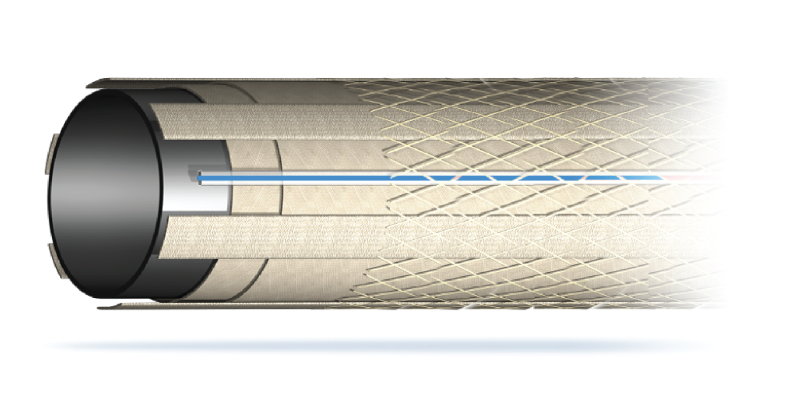Enbridge has invested $6.6 million in Smartpipe's pipeline technology, designed to improve the safety and versatility of existing pipeline infrastructure by reinforcing it with a composite internal pipeline line embedded with fiber optics allowing for monitoring and leak detection.
According to Smartpipe, its nonmetallic construction delivers improved safety and reliability, with engineered safety factors exceeding twice those of new standard steel pipelines. The technology can also support hydrogen and carbon dioxide energy infrastructure needed in the energy transition.
Working together, teams at Smartpipe and Enbridge have already developed a 16-in.-diameter high-pressure composite line pipe which Enbridge funded with a $9.5 million investment between 2013 to 2015. The two companies will now begin work on an up to 24-in.-diameter version.
Enbridge is currently advancing a pilot project using Smartpipe on a section of natural gas pipeline in the US southeast, and Smartpipe is currently working with several companies to test this technology and assess its suitability for use within their existing pipeline systems.
"This is a very exciting technology that can improve the safety of existing pipelines and support the transportation of low-carbon energy sources such as hydrogen, demonstrating how our assets can be a bridge to a cleaner energy future," said Caitlin Tessin, vice president of strategy and market innovation at Enbridge.
Due to the technology's trenchless installation method, an application will likely be in upgrading existing aging steel pipelines currently in use, particularly in hard-to-access locations where excavation activities may be disruptive to landowners or the surrounding community.

